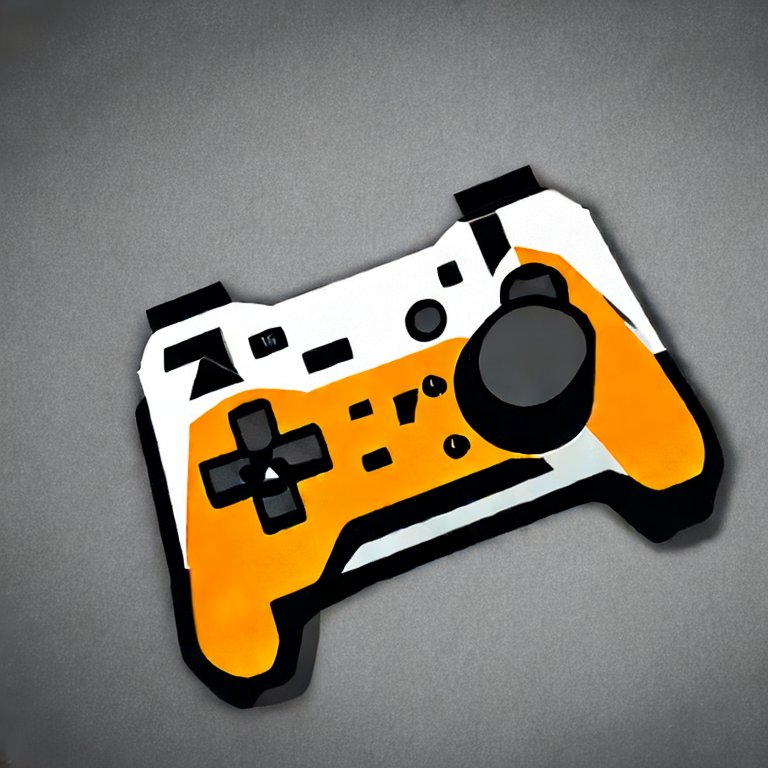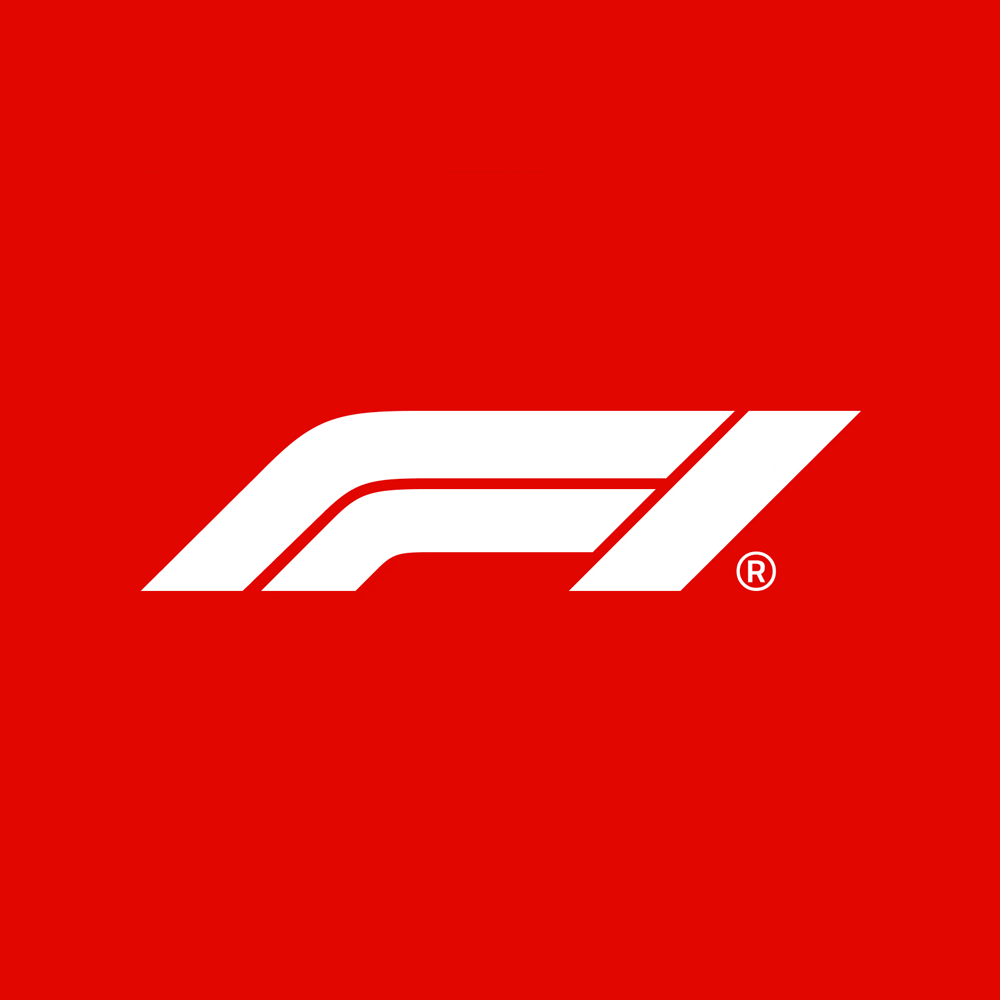
Valid point, I’m just telling you how it works. To my knowledge, there’s no setting to make your phone play a sound/vibrate while wearing your watch. Maybe if you turn off notifications entirely on the Watch for each app, but I haven’t tried.

Valid point, I’m just telling you how it works. To my knowledge, there’s no setting to make your phone play a sound/vibrate while wearing your watch. Maybe if you turn off notifications entirely on the Watch for each app, but I haven’t tried.


I have yet to see a good implementation of Secure Boot, and that’s just from a user interface standpoint.
How can I check which keys are installed in the EFI/BIOS UI? And then delete a specific key? I only ever saw options like “reset to factory settings”.
Factory settings are just Microsoft’s keys most of the time, and often there’s no way to delete/not trust Microsoft’s keys.
The whole system is way too intransparent. May as well turn it off.


This. Even I would be too paranoid to keep using a phone (or other device for that matter) that the police confiscated before.


Interesting that they launch Fortnite in other alternative iOS stores as well.
I don’t like Epic particularly as they are the giant corpo which cries to the public when other giant corpos disagree with them, but still, that’s an interesting move.


Same (in some situations). I feel like searching for “how to do X?”, where X is a simple problem or knowledge, more often than not the classic search results are linking to articles that are way too long and talk around the solution way too much before actually getting to it (if at all).
Sure, I don’t trust the AI responses for critical stuff, but I honestly rarely trust a random blog article either.
Works fine with OBS Studio (Flathub) for example.
Add a “Screen Capture (PipeWire)” source and a window should pop up asking for which screen or application window you want to capture.
Works with KDE and GNOME, not sure about other desktop environments.


BIOS/EFI updates have shown up on my ThinkPad T490 under Fedora, and I think Framework supports this feature as well with their devices.

The way you’re supposed to know is that your watch plays a sound/vibrates.

They should still appear on your iPhone even when wearing the Apple Watch, but I don’t think the iPhone will vibrate/play a sound. It will however when you’re not wearing your watch.
What, sending bitcoin? That’s not really a feature of Proton Mail, rather it’s a feature of the wallet that happens to be able to send bitcoin via email (I suppose so that the recipient can then transfer the funds to a bitcoin address of their choice unless their email address is already linked to Proton Wallet).
Even if you’d consider this a feature of Proton Mail, how does this have higher priority than a proper iPad/tablet app, or the ability to add a .ics attachment directly to my (default, non-Proton) calendar without having to manually download the .ics file, open it with a file manager and then add it to the calendar? Filtered views (for example: view unread and starred messages but nothing else in one list)? A somewhat usable offline mode? The list goes on, and that’s just Proton Mail. Proton Drive still lacks a native Linux app (I know there’s “support” for Proton Drive in rclone, but that’s hacked together because Proton doesn’t even provide official API documentation and stability commitments).
I’d rather pay for the individual services that I can actually (somewhat) use, like Mail (even though it’s not great), but their Mail only tier severely lacks in features (only 1 custom email domain is my main problem). If they’d then commit the financial resources towards improving the service being paid for, that’d be great.


The McLaren was already up there/faster than the Red Bull in Imola this year and he won that race with a similar sim racing schedule that same weekend.


To me he sounded more like someone who knows their team fucked up a lot more than just a race weekend behind the scenes.
They should stop adding more and more services and instead focus on making existing services better or - in some cases - feature complete first.


For a while Apple artificially blocked signing in to your Apple ID with physical passkeys (like a Yubikey) on Firefox even though the browser supported it just fine.
Their “iCloud for Windows” browser extensions didn’t support Firefox either last time I checked (needed for syncing bookmarks and the password manager).


Interesting. I’d guess that something probably went horribly wrong with your Windows installation because performance should be very similar in most scenarios, but if it works for you under Linux, great!


I’m not regretting the switch, no worries :). Overall the Radeon 7800 XT is still a great card, it’s a decent step up in terms of efficiency compared to the RTX 3080 as well and the PowerColor Hellhound model I got is the first card I ever had (well, with active cooling at least) where I actually agree with the reviews that the card stays pretty quiet even under load.
I also know how to work around each problem: KDE has a built-in workaround for the cursor stutters (as of version 6.something) and in GNOME you can disable hardware cursor which can decrease performance, but so far I haven’t really noticed anything. The artifacting and eventual crashing after standby with enabled VRR can be worked around by reconfiguring any display: I usually change the refresh rate of my second display between 144 and 165 hertz. The frequency of random crashes decreased a lot with newer kernel versions, and I’m not even sure if the crashes I had in KDE 6/6.1 were caused by the AMD driver or by KDE - which seems quite a bit more moody to me than the more mature KDE 5. That’s also why I’m trying GNOME now (which I actually enjoy using way more than I thought). A few days ago AV1 decoding on AMD was borked in Mesa 24.1.something, but was hotfixed a few days later. My self-compiled kernel 6.10 refused to boot with errors related to a network card, but I’ll check it out again as soon as Fedora releases their official test build (potentially this weekend) and will report the bug should it still occur. As soon as 6.10 is working, that’s one less workaround for me to worry about (unless that fix somehow doesn’t work for me).
My comment was more about the fact that I’m happy NVIDIA starts taking Linux serious (again). It’s probably not quite there yet, but NVIDIA seems to be committed to delivering a good Linux driver now and their latest releases each brought big improvements. There still seem to be some bigger issues (like the one you described), but now I’d assume we’ll get there sooner rather than later.


I tried Linux on my desktop end of last year (like I always did on about a yearly basis) and decided that if I was gonna make the switch, I needed an AMD card. NVIDIA + Wayland had a lot of flickering issues and whatnot, but I didn’t want to use X11 because Wayland has way better support for multi-monitor with different refresh rates and also VRR.
So, I sold my RTX 3080 and got a Radeon 7800 XT and switched to Linux on my main desktop full-time January 1st. A few months later and NVIDIA finally decides to stop fucking around and properly improve their Linux driver. Could’ve saved a few bucks there (sold the 3080 for like 350,-€ to a friend and got the 7800 XT for like 550,-€, and the 7800 XT is pretty much in the same performance ballpark, so I spent 200,-€ on better compatibility/less pain).
Good to know that NVIDIA will be an option for me for a GPU upgrade in the future. It’s always good to have more choice. While my experience with AMD Radeon under Linux was okay, it wasn’t really perfect either. I had the odd crash here and there with kernel versions from earlier in the year (6.6), 6.7 had black screen issues with RDNA3 (maybe RDNA2 as well) after standby and hot restarts (fixed in 6.7.4 or 6.7.5 iirc), and ever since 6.7 I have stability issues with enabled VRR and multi-monitor as well, unless I force the memory clock to stay at a higher frequency. Then there’s also this issue that just got fixed with 6.10 it seems.
So if NVIDIA really ups their game now and consistently improves their Linux driver, I could see myself going NVIDIA again. I’m also excited to see what Intel has in store though.


Well, obviously. Their relative pace is still pretty concerning.
I was gonna suggest the same.
I love Helix. I like that it pretty much works out of the box and the only thing you have to do is install language servers and in some cases configure them, but that’s (mostly) well documented. No need to install plugins or use a preset “distribution” like with NeoVim. I also like the built-in keyboard shortcut hints, for example when you press g (goto) it shows you what key will do what.
The way Helix does “select first, then act” is subjective, but I like it.